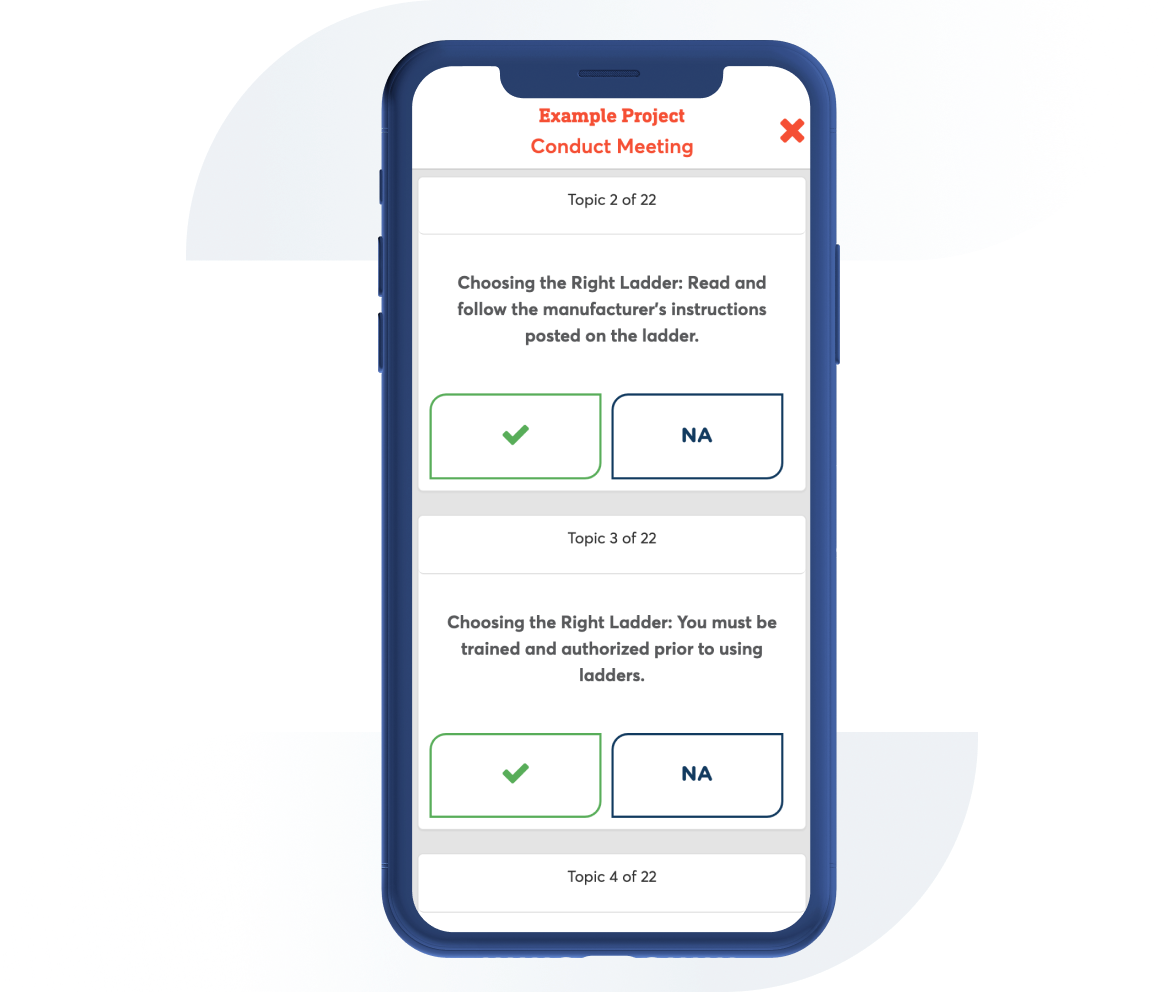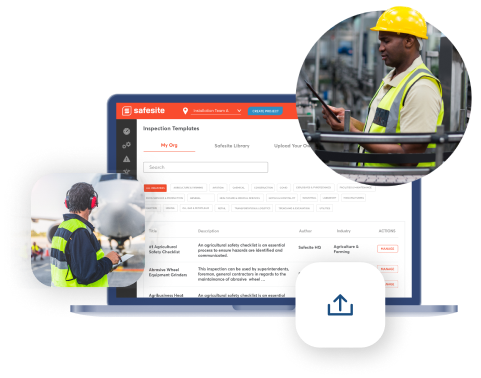OSHA Field Sanitation Facilities and Water Supply Meeting
Contributor: Safesite Jurisdiction: OSHA
Use this OSHA checklist to ensure water is accessible, sanitation facilities are in close proximity to the field worksite, and employees are trained to assess risk/exposure to heat-related illnesses.

1. Potable water is provided and placed in locations readily accessible to all employees.
2. The potable water is suitably cool and in sufficient amounts to meet the needs of all employees.
3. Single-use drinking cups or water fountains are provided for employees and dippers or shared cups or bottles are not used.
4. There is at least one toilet facility and one handwashing facility available for each (20) employees performing field work for more than 3 hours.
5. Toilet facilities are adequately ventilated, appropriately screened, have self-closing doors that can be closed and latched from the inside and are constructed to ensure privacy.
6. Toilet and handwashing facilities are located in close proximity to each other. The facilities are located within a one-quarter-mile walk of each hand laborer's place of work in the field.
7. Where feasible to locate toilet and handwashing facilities within a one-quarter-mile walk due to terrain, facilities are located close to the vehicular access point.
8. Drinking water containers provided are constructed of materials that maintain water quality, and are refilled daily or more often as necessary, are kept covered and cleaned regularly.
9. Toilet facilities are operational and maintained in clean and sanitary condition.
10. Handwashing facilities are refilled with potable water as necessary to ensure an adequate supply and are maintained in a clean and sanitary condition; and disposal of wastes from facilities does not cause unsanitary conditions.
11. Field workers and other employees are allowed reasonable opportunities during the workday to use sanitary facilities.
12. Employees are trained on the importance of following good hygiene practices to minimize exposure to hazards in the field including heat, communicable diseases, retention of urine and agrochemical residues.
13. Employees are trained to recognize the signs and symptoms of heat related illnesses and know to inform their supervisor immediately.
14. Write Comments or Remarks here:
Additional Comments

Can't find what you are looking for?
